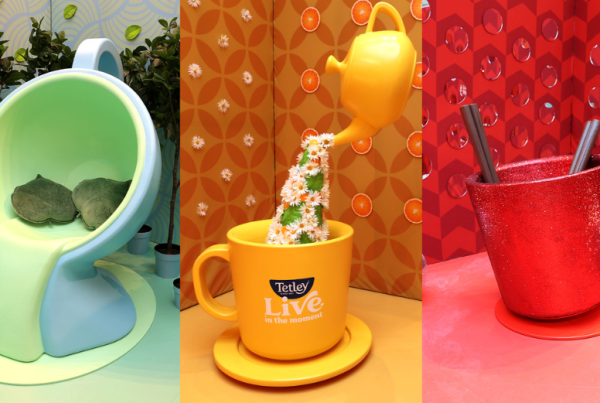In the current digital age, the term ‘marketing’ has gained new connotations, advancing from merely rolling out a significant sum of money on advertisements, to thinking out of the box and coming up with novel concepts for the brands to stand out distinctively in today’s competitive markets. Among the several innovative methods, experiential marketing or engagement marketing is one of the most effective tools that offer a multitude of prospects for brands. It is a marketing tactic that actively encourages and involves customers in a brand experience.
In other words, it is a type of advertising that emphasises offering clients a unique experience, so that businesses may develop a close relationship with them. This will benefit them in myriad ways, including developing a robust and loyal customer base. Public outreach programmes are essential to increase the visibility of a brand and so, need to be more effective and relevant for today’s audiences.
It is high time that businesses consider leveraging the various benefits of experiential marketing. Undoubtedly, employing an omnichannel strategy is an excellent approach, but it is equally critical to give customers a unique and engaging brand experience. Experiential marketing is an extremely effective approach that can harness the power of customers’ emotions, positively impacting them in numerous ways by giving them the product in their hands to experience it rather than just giving them the information about the product. When a brand emotionally resonates with customers, they become loyal customers of the brand, developing a strong bond with it. It is necessary to involve them more in your brand, enabling them to experience a sense of connection with it, rather than attempting to market. This can essentially change the way customers perceive your brand.
Concepts such as developing customer journey/mapping, live events, installations, product launches, seminars and trade exhibitions are some of the greatest ways to achieve this. In essence, these enduring impressions are fundamentally personal and have the power to humanise a brand. They provide a one-on-one customer connection, offering them a sense of feeling that they are making purchases from a familiar individual rather than a business.
More than half of all marketers are investing in such approaches, as they recognise their various benefits including generating more sales and long-term loyalty of customers, than any other conventional marketing strategies. In short, it’s all about creating brand ambassadors for your product or services or creating direct influencers towards promoting your organisation’s objectives.
The most innovative approach to providing a unique experience to customers is campaigns. Creating ads and events that will involve the customer’s senses by utilising appropriate sounds, sights, and even fragrances, etc., is a strategy that brands can employ. Sensory marketing will subtly influence consumer behaviour by utilising all five senses.
According to experts, appealing to consumers’ senses boosts the impact of experiential marketing and encourages steadfast customer loyalty. Numerous brands employ metrics like brand conversions and net promoter scores (NPS) as early warning systems and are assessing purchase intent and revenue effect further down the funnel.
Additionally, brands must also be thoughtful while making design choices. It is crucial that the end product captures the interests of customers and creates a favourable impression. This is extremely important, as all consumer contacts take place online in this post-Covid age.
More than a few well-known brands have employed these innovative strategies and techniques. In the present age, innovative technologies provide us with various modern tools to connect with one another more effectively and this evidently influences the business-customer connection as well. Live streaming, social media advertising, virtual reality, and other interactive techniques can pique the interest of buyers right away. Be it a physical interaction, a virtual browsing experience, a hybrid, or a totally online one, customer experience and satisfaction must always be the top priorities.













